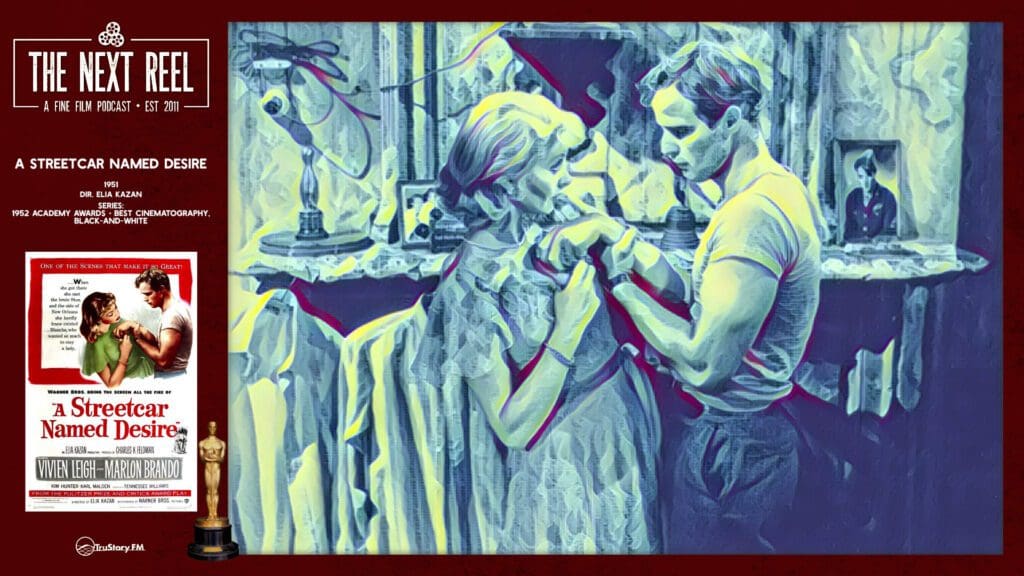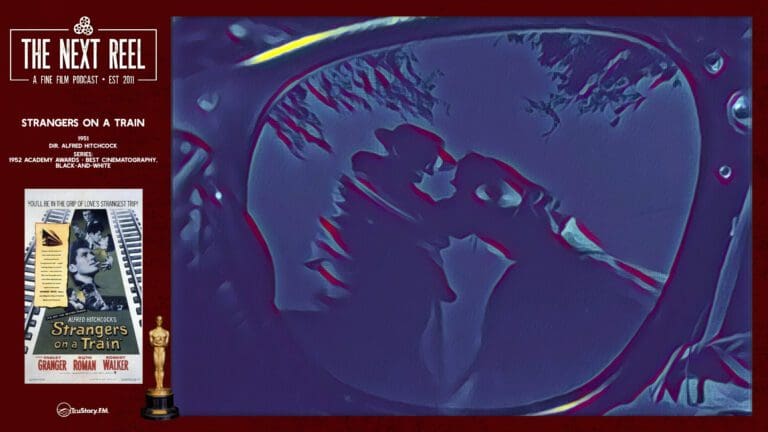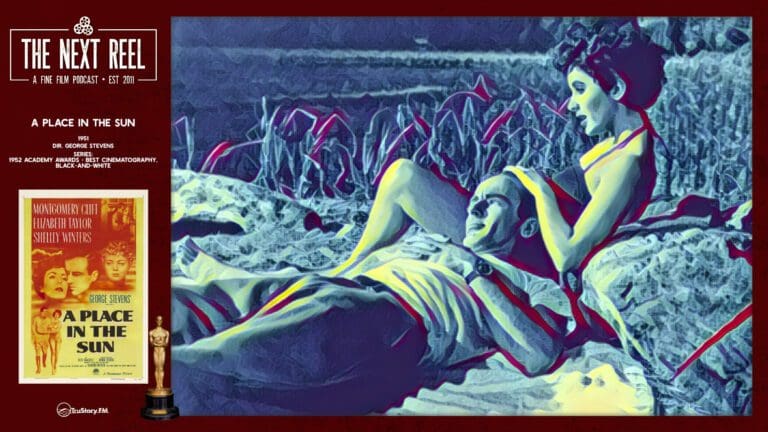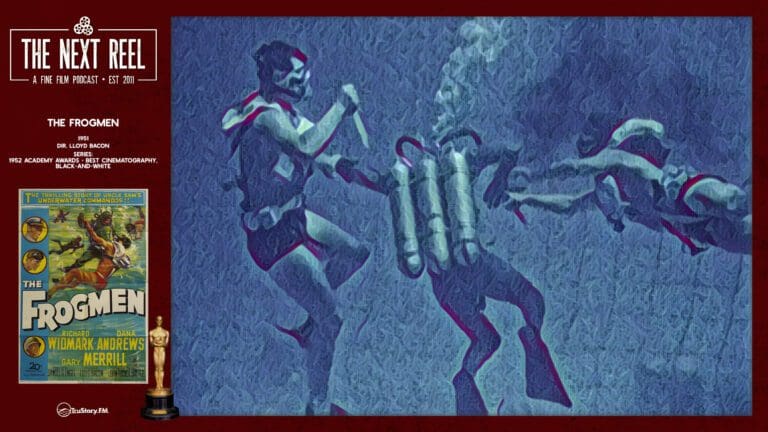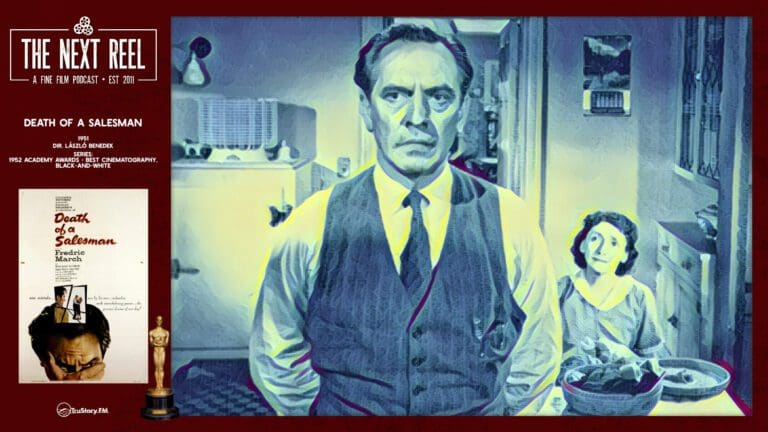Tennessee Williams’ Pulitzer Prize-winning play A Streetcar Named Desire took Broadway by storm in 1947. Four years later, director Elia Kazan decided to adapt the play for the big screen, bringing together many members of the original Broadway cast like Marlon Brando, Kim Hunter, and Karl Malden. After a tumultuous pre-production filled with casting conflicts and clashes over censorship, Kazan was finally able to begin filming on location in New Orleans in 1950. The end result was a critical and commercial smash, earning 12 Oscar nominations. Join us – Pete Wright and Andy Nelson – as we continue the 1952 Academy Awards Best Cinematography • Black-and-White Nominees series with a conversation about Kazan’s A Streetcar Named Desire.
Here’s a hint at what we talk about:
In this episode, we dive deep into Marlon Brando’s electrifying performance as Stanley Kowalski and how it paved the way for method acting in film. We also discuss how Elia Kazan’s stage experience enabled him to open up the world of the play through evocative cinematography and set design. Additionally, we analyze Vivien Leigh’s complex portrayal of Blanche DuBois and debate whether the film adaptation fully captures the darkness of Tennessee Williams’ original story.
Here are a few other points in our discussion:
- Our initial reactions to revisiting this classic film
- The jazzy, atmospheric score by Alex North
- Memorable scenes like Brando screaming “Stella!” and the final scene
- Differences between the film and Williams’ original play
- The talented supporting cast like Kim Hunter and Karl Malden
We have a great time unpacking this landmark dramatic film, so tune in to hear our thoughts. The Next Reel – when the movie ends, our conversation begins!
Film Sundries
- Watch this on Apple or Amazon, or find other places at JustWatch
- or check out our new Watch page to get links for all the films we’ve discussed on our shows!
- Script Options
- Theatrical trailer
- Original Material
- Letterboxd







